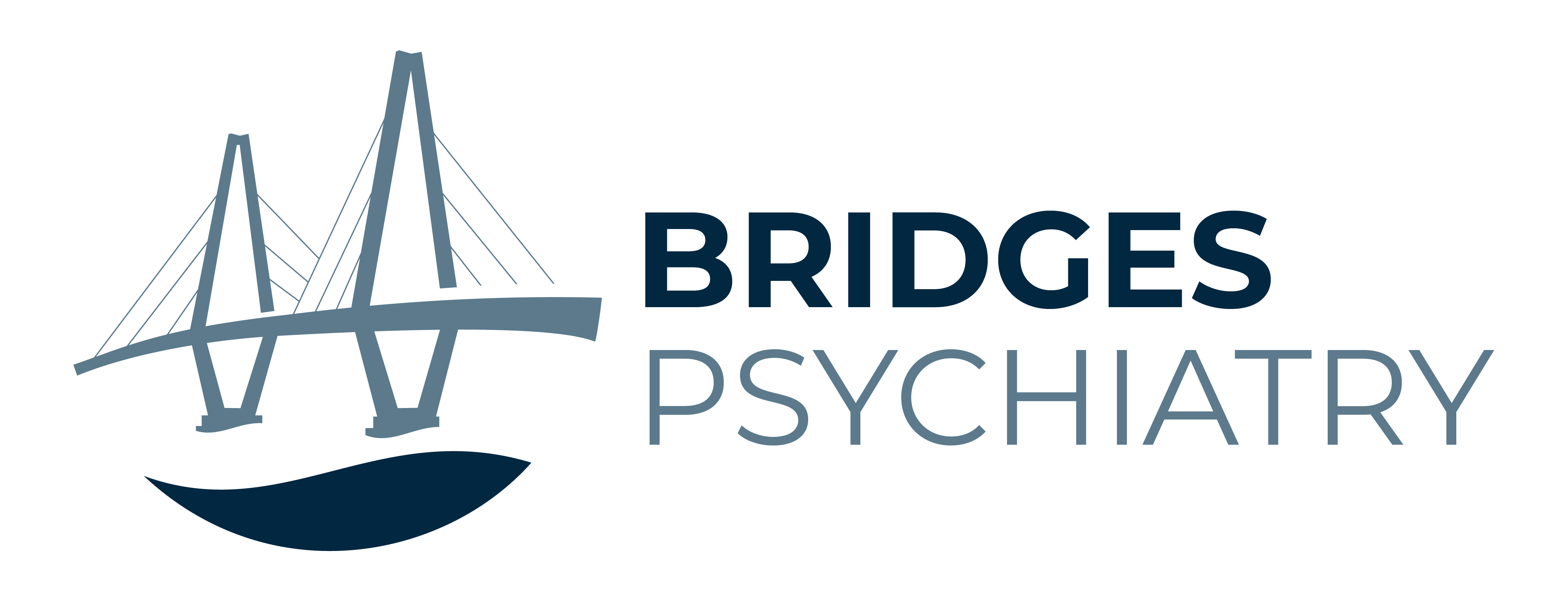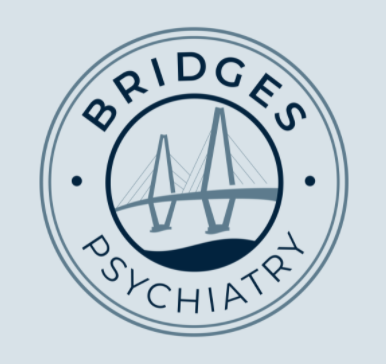To Zofran For Sale Visit Our Pharmacy ↓
A Closer Look at Zofran's Molecular Magic
Originally approved by the FDA in 1991, Zofran works by blocking the action of serotonin, a natural substance that may cause nausea and vomiting. Advancements in technology and research are paving the way for more effective and targeted treatments for nausea relief. Zofran, generically known as ondansetron, is widely recognized for its effectiveness in preventing nausea and vomiting associated with chemotherapy, radiation therapy, and surgery. Research comparing the efficacy and safety of Zofran and other antiemetic medications shows varying results. While primarily recognized for its antiemetic properties, Zofran (ondansetron) has been investigated for its effectiveness in alleviating pruritus, an uncomfortable and often relentless itching sensation. The exact mechanism by which Zofran exerts its therapeutic effects on migraines is not yet fully understood, but it is believed to involve modulation of neurotransmitters in the brain. Another alternative medication worth considering is Reglan (metoclopramide), which works by increasing the movement of the stomach and intestines, thus reducing nausea.
The Role of Serotonin in Nausea and Vomiting
Both parents and caregivers should be educated to observe and promptly report signs of irregular heartbeat, excessive sweating, confusion, or muscle twitching. By targeting serotonin receptors in the body, Zofran is able to block the pathways that trigger the sensation of nausea and vomiting. However, with the introduction of Zofran, there is finally a ray of hope. Common side effects include headaches, fatigue, constipation, and a sensation of warmth or flushing. Chemotherapy often leads to severe nausea, making life difficult for patients. Chemotherapy-induced nausea can significantly impact a patient's quality of life and their ability to tolerate and adhere to their cancer treatment. Don't let nausea hold you back - choose Zofran as your go-to solution.
When Zofran Is Prescribed for Children
It is essential to avoid exceeding the prescribed dosage to minimize the risk of potential side effects. To learn more about Zofran, visit this source. Zofran, generically known as ondansetron, is an antiemetic medication that is highly effective in preventing nausea and vomiting associated with surgical procedures. In comparison, its competitors might offer a gentler ride, but with varying degrees of relief. Ondansetron, originally used to treat nausea in chemotherapy patients, has been prescribed off-label to combat morning sickness. - A Reliable Ally in Combating Morning Sickness: Unveiling Zofran's Effectiveness. When compared to other motion sickness medications, Zofran is considered to be an effective and reliable option.
Comparing Zofran with Other Anti-nausea Medications
Specifically, ondansetron works by selectively blocking serotonin receptors, known as 5-HT3 receptors, located in the brain and gastrointestinal tract. These can include headaches, constipation, drowsiness, and allergic reactions. However, the effectiveness and speed of relief may vary. While the elixir form of this drug makes it easier for kids to ingest, parents must follow the sig meticulously to ensure the correct dosage and efficacy. Various studies on Zofran's use during pregnancy have been conducted, providing mixed results. Natural remedies for nausea offer a holistic approach that can be both cost-effective and accessible. The effects of chemotherapy can be debilitating, and one of the most common side effects is nausea and vomiting.
Mechanism of Action: How Zofran Works
Despite its effectiveness, the underutilization of Zofran for motion sickness is surprising, given its potential to provide quick and reliable relief without the unwanted side effects of other remedies. By reducing the feelings of persistent sickness, Zofran allows patients to focus more on their healing journey and less on the side effects of the treatment. The most common side effects, which are typically transient and mild, include headache, dizziness, and constipation. Due to its effectiveness, it has become a widely prescribed antiemetic in various medical settings. By inhibiting the serotonin binding at these receptor sites in the brain and gut, Zofran can significantly reduce the occurrence of nausea and vomiting postoperatively, improving patient comfort and facilitating a smoother recovery process. Potential side effects of Zofran may occur, although they are not experienced by everyone. The utilization of Zofran for off-label purposes is driven by numerous factors, including anecdotal evidence, preclinical studies, and the need for alternative treatment options.
Potential Side Effects and Precautions to Consider
Preliminary findings have shown promising results, hinting at the potential expansion of Zofran's therapeutic application in the future. Common side effects include headaches and dizziness, wich can impact daily activities if severe. Its role in managing these symptoms cannot be understated, as maintaining hydration and nutrition is vital during such intensive medical procedures. This unexpected solution has made it a popular choice among frequent travelers, pilots, and other professionals who cannot afford to be hindered by the side effects of drowsiness. When combining Zofran with natural supplements, there is a hidden danger that many might overlook. Zofran, a highly effective antiemetic medication, not only helps to combat nausea and vomiting, but it also plays a significant role in preventing dehydration. Zofran has been hailed as a game-changer for morning sickness relief, unlocking its power to alleviate the debilitating symptoms that often accompany pregnancy.
Alternative Treatments for Morning Sickness Symptoms
Patients benefit from Zofran by experiencing significant relief, allowing them to better tolerate their chemotherapy regimen. Zofran's success in reducing the need for rescue antiemetic medications and decreasing the severity of nausea represents a significant advancement in postoperative care. Zofran, generically known as ondansetron, is a medication designed to prevent nausea and vomiting caused by various triggers. By elucidating these neurotransmitter pathways, researchers hope to uncover new treatment options and potential interventions for various conditions associated with the disruption of serotonin signaling. The elegance of Zofran's mechanism lies in its specificity. While Zofran is generally well-tolerated, there are some potential adverse reactions that healthcare providers and caregivers need to be aware of. Commonly reported issues include headaches, dizziness, and fatigue.
How Zofran Soothes Turbulent Tides of Nausea
Comparative studies highlight its efficacy, but the landscape of 'Cocktail' treatments reveals that individual responses can vary. Therefore, while continuous evaluations and customization of treatment plans are crucial to balance its benefits and risks, Zofran's potent antiemetic properties render it a necessity in combatting the discomfort and health challenges posed by chemotherapy. Some common side effects of Zofran include headache, dizziness, constipation, and fatigue. Moreover, Zofran has found its place in the treatment of postoperative nausea and vomiting (PONV), a common complication following surgery. Individuals with early-onset alcoholism, in particular, may experience a reduction in drinking frequency and quantity when treated with ondansetron. But how does it work? The mechanism of action behind Zofran's ability to block nausea and vomiting lies in its interaction with serotonin receptors in the body. Engaging in activities like reading a book, listening to calming music, or watching a movie can divert attention and provide relief.
Comparing Effectiveness: Zofran Vs
One area where Zofran has shown great potential is in the treatment of migraines. Aimed at combating nausea and vomiting, it became a revolutionary drug in the management of these symptoms, particularly for cancer patients undergoing chemotherapy and radiation therapy. As with any medication, it is important to inform your healthcare provider about any existing medical conditions, allergies, or ongoing treatments to ensure Zofran is safe for you to use. Many patients have shared their journeys with Zofran, often highlighting how it transformed their experiences with nausea. Zofran, known generically as ondansetron, is a powerful medication used primarily to prevent nausea and vomiting. Numerous clinical trials and studies have demonstrated the effectiveness of Zofran in preventing and relieving nausea and vomiting associated with various conditions, including chemotherapy, radiation therapy, and surgery. Additionally, Zofran may occasionally be prescribed for children experiencing severe gastroenteritis, where vomiting persists beyond normal intervention.
Important Safety Tips and Precautions While Using Zofran
By enhancing the quality of life and reducing interruptions to treatment schedules, it indirectly contributes to patients' overall well-being and success in their battle against cancer. Opting for Zofran can be a daunting choice for parents, especially when considering alternatives such as comp medications or OTC options. These small, easy-to-swallow tablets can be taken with or without food, making them a convenient option for those on the go. Unlike its predecessors, which often required complex dosing regimens or resulted in sedation, Zofran offers a convenient dosing schedule and does not cause drowsiness. Questions like, "Is Zofran safe for my child's age?", "How quickly will it work?", and "Can it be used for motion sickness too?" are common. Patients describe scenarios where previous antiemetics failed to ease their discomfort, yet the introduction of Zofran provided substantial relief. By combining the anti-nausea properties of Zofran with the soothing effects of these natural remedies, individuals may find relief from nausea more quickly and efficiently.

